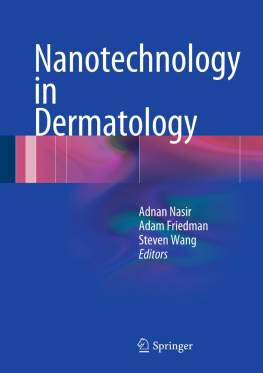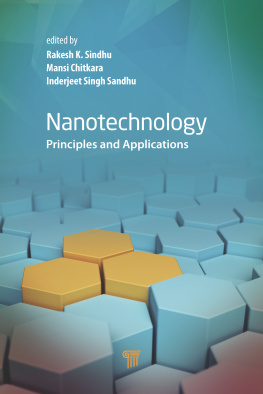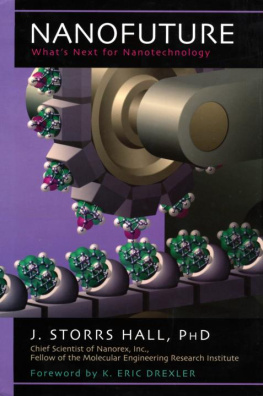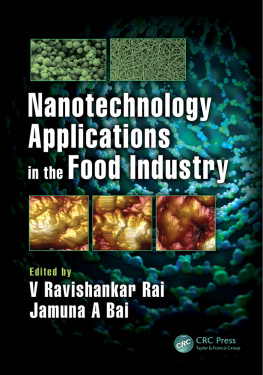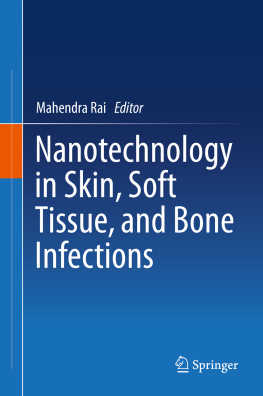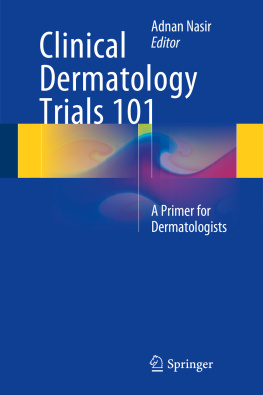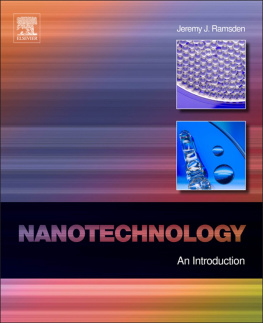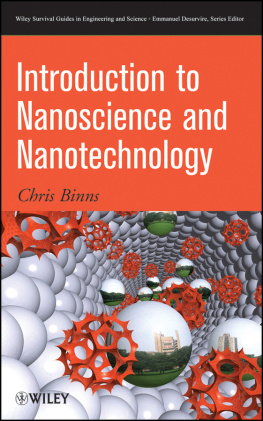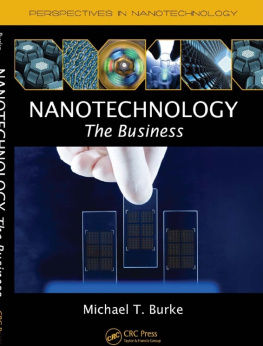Adnan Nasir (editor) - Nanotechnology in Dermatology
Here you can read online Adnan Nasir (editor) - Nanotechnology in Dermatology full text of the book (entire story) in english for free. Download pdf and epub, get meaning, cover and reviews about this ebook. year: 2012, publisher: Springer Nature, genre: Romance novel. Description of the work, (preface) as well as reviews are available. Best literature library LitArk.com created for fans of good reading and offers a wide selection of genres:
Romance novel
Science fiction
Adventure
Detective
Science
History
Home and family
Prose
Art
Politics
Computer
Non-fiction
Religion
Business
Children
Humor
Choose a favorite category and find really read worthwhile books. Enjoy immersion in the world of imagination, feel the emotions of the characters or learn something new for yourself, make an fascinating discovery.
- Book:Nanotechnology in Dermatology
- Author:
- Publisher:Springer Nature
- Genre:
- Year:2012
- Rating:3 / 5
- Favourites:Add to favourites
- Your mark:
Nanotechnology in Dermatology: summary, description and annotation
We offer to read an annotation, description, summary or preface (depends on what the author of the book "Nanotechnology in Dermatology" wrote himself). If you haven't found the necessary information about the book — write in the comments, we will try to find it.
Nanotechnology in Dermatology is the first book of its kind to address all of the important and rapidly growing aspects of nanotechnology as it relates to dermatology. In the last few years there has been an explosion in research and development for products and devices related to nanotechnology, including numerous applications for consumers, physicians, patients, and industry. Applications are underway in medicine and dermatology for the early detection, diagnosis, and targeted therapy of disease, and nanodesigned materials and devices are expected to be faster, smaller, more powerful, more efficient, and more versatile than their traditional counterparts.
Written by experts working in this exciting field, Nanotechnology in Dermatology specifically addresses nanotechnology in consumer skin care products, in the diagnosis of skin disease, in the treatment of skin disease, and the overall safety of nanotechnology. The book also discusses future trends of this ever-growing and changing field, providing dermatologists, pharmaceutical companies, and consumer cosmetics companies with a clear understanding of the advantages and challenges of nanotechnology today.Adnan Nasir (editor): author's other books
Who wrote Nanotechnology in Dermatology? Find out the surname, the name of the author of the book and a list of all author's works by series.

